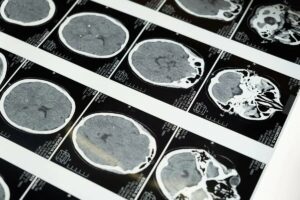From Futurism: “It’s a devastating gut-punch to Alzheimer’s research worldwide, nevermind to those suffering or near to those suffering from the disease. The then-groundbreaking study in question, published in Nature in 2006 and lead authored by Sylvain Lesné, experimented with memory impaired older mice and concluded that ‘memory deficits in middle-aged mice’ are caused by the accumulation of clumps of a specific amyloid protein, Aβ*56. It seemingly confirmed a rising theory in the 2000s that ‘toxic oligomers’ — a subtype of the amyloid protein — were the cause of Alzheimer’s.
Since its publication, the study has become one of the most widely cited in Alzheimer’s research this century, according to Science. Billions of dollars have been invested in pursuing treatments based on the ‘toxic oligomer’ hypothesis. In this fiscal year alone, Science reports, the National Institutes of Health (NIH) has invested a whopping $1.6 billion in Alzheimer’s projects that mention amyloids.
That widespread embrace of the theory was not without its vocal critics. Enter the investigator that may have blown the lid off this massive medical scandal: Matthew Schrag, a neuroscientist at Vanderbilt University. Schrag was recruited by attorneys to investigate whether Simulfilam — an Alzheimer’s drug which its developer, Cassava Sciences, claims can treat symptoms by attacking the supposedly problematic amyloid protein — was based on research that the attorneys call ‘fraudulent’ in a legal petition.
That led Schrag to investigate the influential study that was at the heart of it all. After closely examining that study and other Alzheimer’s papers that Lesné authored, Schrag says he confirmed suspicions raised by other scientists that the data presented as images of blots in the bands which represent proteins were falsified . . .
But don’t just take Schrag’s word for it. Science recruited several experts and conducted a 6-month investigation following up on Schrag’s findings, and their conclusions were similarly damning: they found that the influential study and over 70 others authored by Lesné are now suspect, with some cases of image manipulation being ‘shockingly blatant,’ according to an expert in the report.
It’s not even clear that Aβ*56 exists at all, not even to advocates of the toxic oligomer hypothesis that Lesné’s paper purportedly demonstrates.”

***
Back to Around the Web











